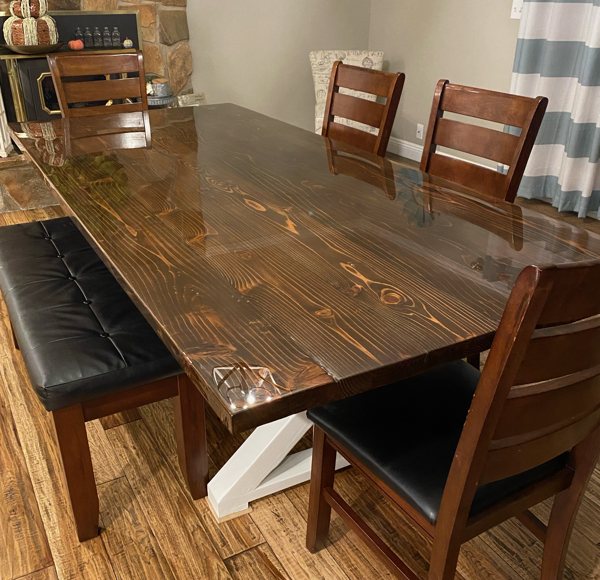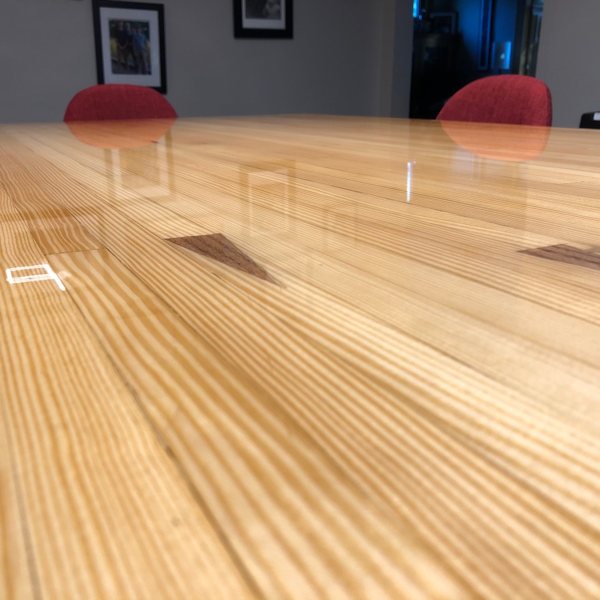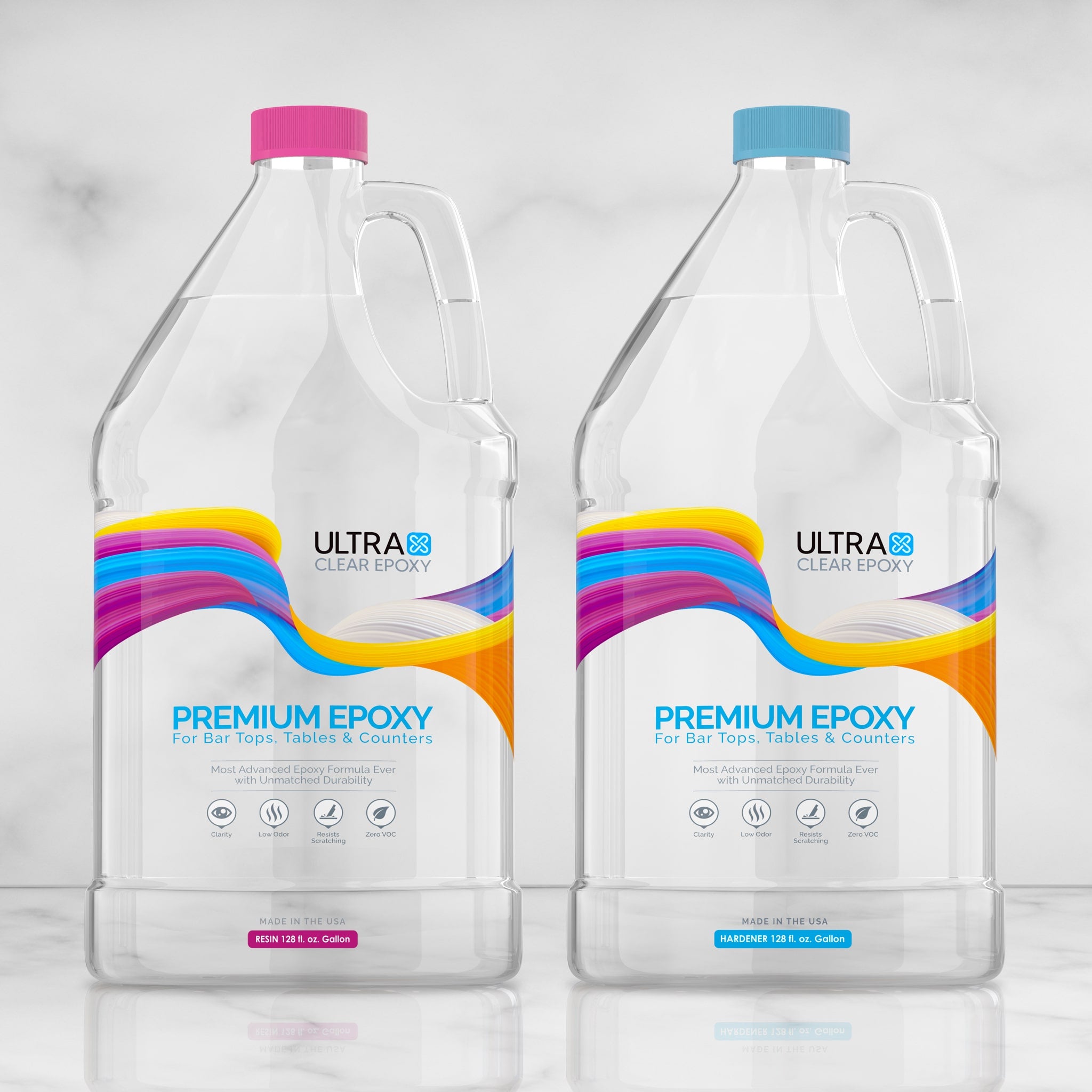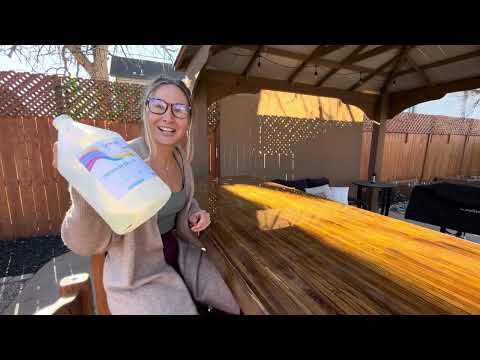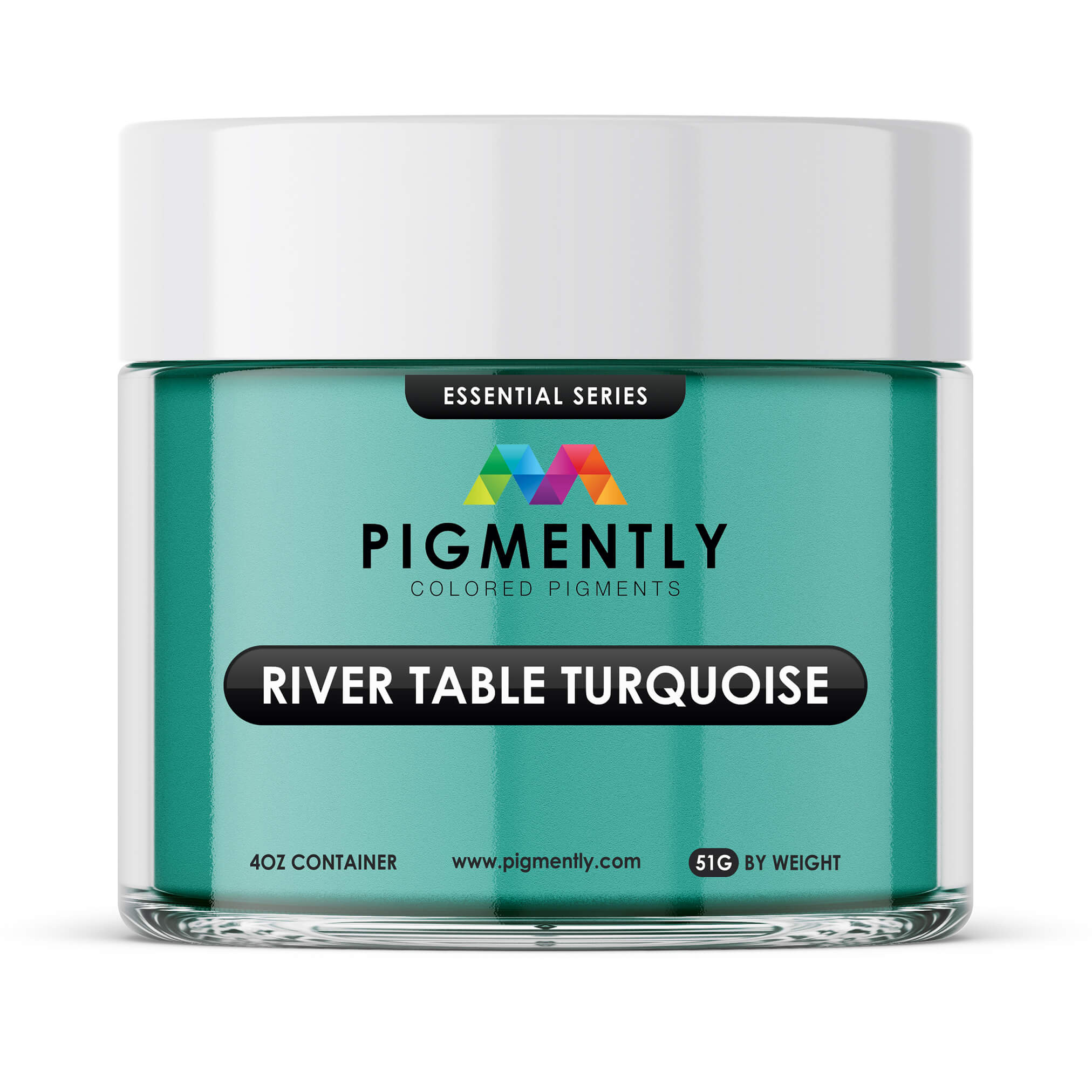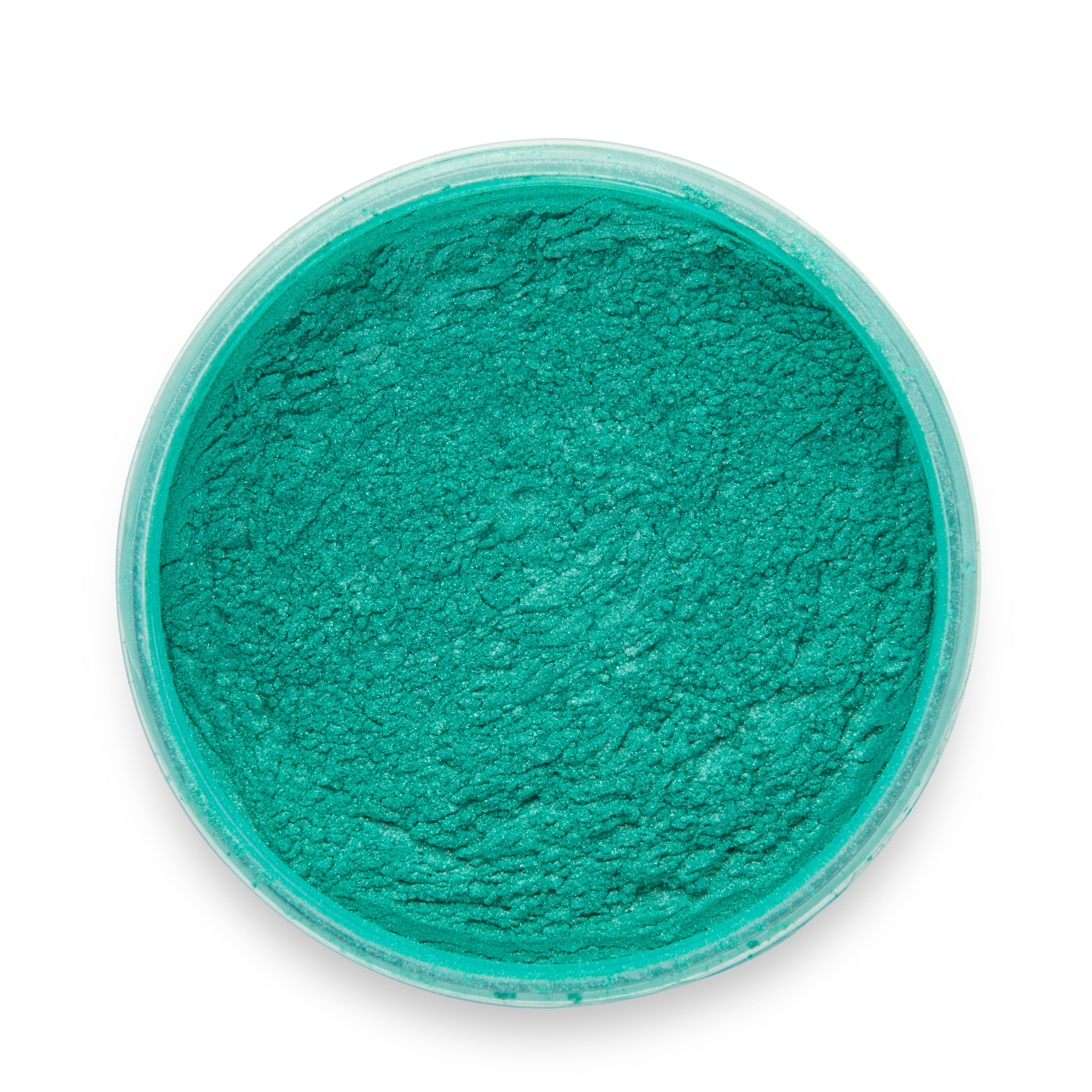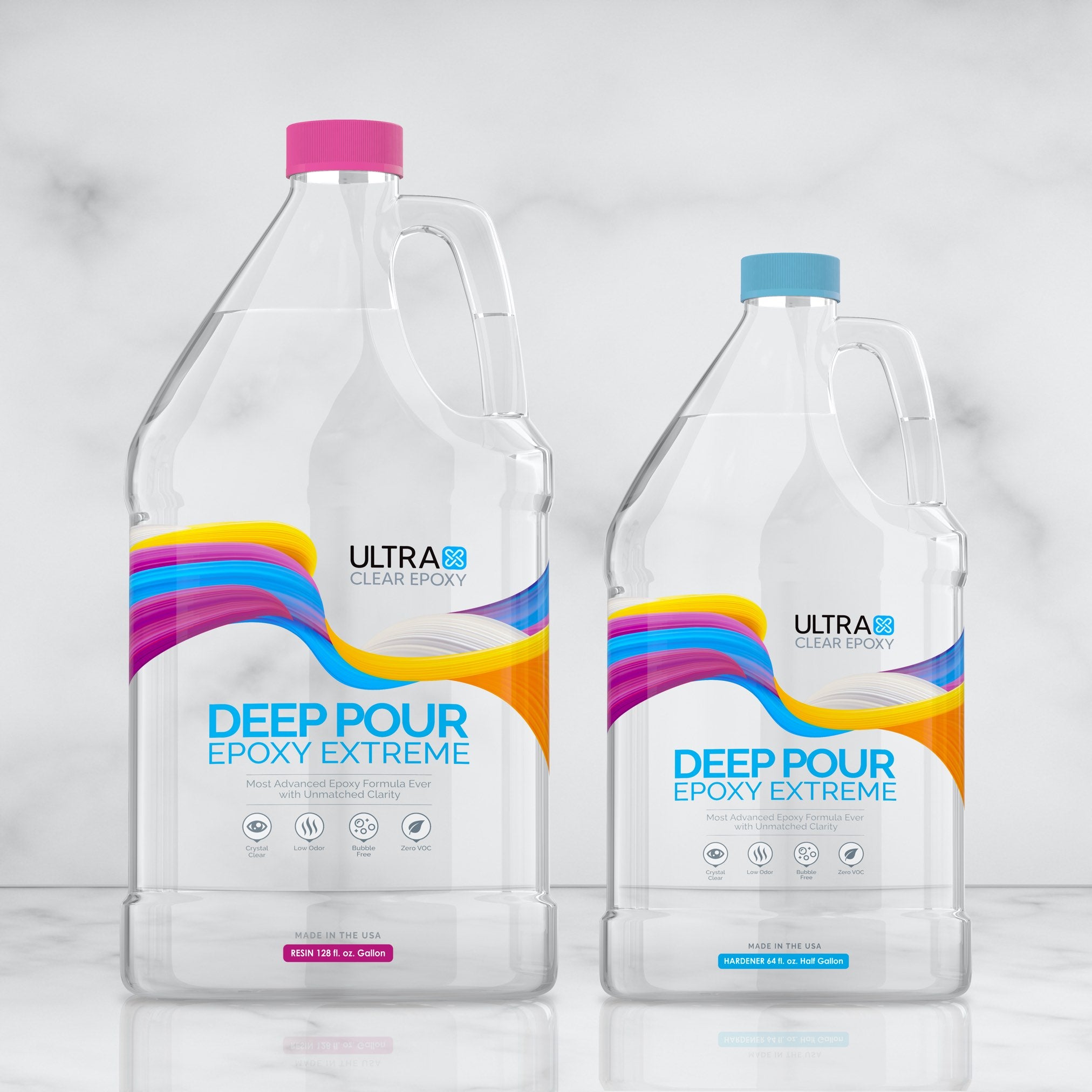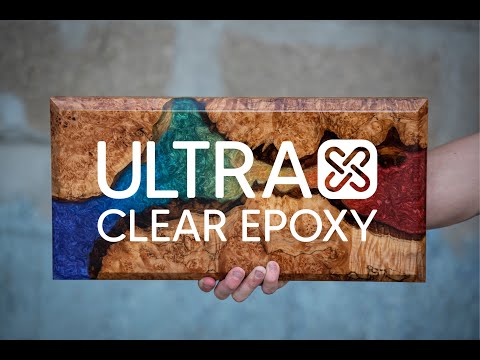Epoxy resin is an incredible material that starts off as a liquid until its components are blended and begin to harden. This is true of most epoxy variants, of which there are several in common use.
Among the epoxy variants in common use is table top epoxy. This is an epoxy resin typically used for fixtures and furniture, as well as for a variety of other things, such as resin art and jewelry.
In this article, we'll explain what the differences are between table top epoxy, "regular" epoxy, and other epoxy types.
What is the difference between table top epoxy and "regular" epoxy?
To start off, table top epoxy actually is what most people refer to as "regular" epoxy. It's self-leveling and viscous, designed for the most common epoxy project types (bar tops, table tops, and countertops), and cures to a very strong, durable material.
That being said, there are some significant differences in table top epoxies, based on the quality of their ingredients, which is often tied to sourcing and regulation.
Table top epoxy: A tried-and-true epoxy resin option
At UltraClear Epoxy, our Table Top Epoxy is incredibly strong, achieving a 98 on the Shore D Hardness Scale. This is higher than almost any other epoxy resin available, and it's why many people opt to pay a little more for a much better resin product.
In contrast, there are many dealers who supply what is known as "budget brand" epoxy. This epoxy tends to be cheaper upfront and can even be good for practicing with resin art, but it often cures with less clarity and will be relatively fragile.
Be careful of where you buy your epoxy, as imported brands can be unsafe.
Unsurprisingly, we recommend against using low-tier epoxy for projects meant to last a long time, such as when finishing a table top, bar top, or countertop.
Other variants of epoxy resin
In addition to table top epoxy, there are several other variants that are in common use. The three we'll talk about today are deep pour epoxy, art and craft epoxy, and marine epoxy.
Deep pour epoxy
Deep pour epoxy is a deep casting resin designed for thick layers and filling large molds. It's slightly less durable than table top epoxy but is less viscous and, in turn, can be poured in deep individual layers (up to 2-inches thick with our UltraClear Deep Pour!)
Deep pour epoxy is often used to epoxy veins, such as those seen in river tables. Though it is possible to use table top epoxy for this, it's a lot more tedious to do with right. With deep pour, you can skip a lot of the busy work and fill your epoxy vein or mold in a single go.
Best of all, deep pour epoxy is compatible with table top epoxy, so once your project is nearly done, you can give it a final topcoat of table top epoxy for the ultimate protection.
Art and craft epoxy
Art and craft epoxy is similar to table top epoxy, but is designed for use in resin art. This epoxy is available in smaller quantities to meet the needs of smaller epoxy projects.
Much like with the others, quality makes a big difference in the clarity of your finished result. If you're ready to make something significant, either as a gift or to sell, we recommend our UltraClear Art and Craft Epoxy as an exceptional option for your resin art projects.
Marine epoxy
Marine epoxy is a lesser known type of epoxy which is primarily used in the creation and maintenance of watercraft, such as boats, kayaks, canoes, as well as some of their accompanying accessories—like paddles!
Generally marine epoxy has different hardener types. These are designed to cure in different climates, since maintaining ideal conditions for boat restoration can be quite difficult at times.
In the end, marine epoxy is mostly used for specific aquatic projects and almost never for ordinary furniture or fixture projects. It's generally considered a superior alternative to polyester resin in those situations.
You can't go wrong with table top epoxy.
In the end, a high-quality table top epoxy is almost always the right choice for any epoxy project.
With UltraClear Table Top Epoxy, you get:
- The strongest possible epoxy finish.
- A crystal-clear cure.
- Stain-resistant, waterproof resin surfaces.
- Low-maintenance and upkeep requirements.
- And finally, an easy-to-clean surface.
If your project requires make deep layers (e.g., river tables), you can use deep pour epoxy for that, but otherwise table top epoxy is your best bet.
Additional Resources
We hope this article has helped clarify some things for you. Below are some additional resources that you may find useful:
- Is epoxy resin actually food safe? - Discover how contact with epoxy can affect food, plus the FDA's stance on it.
- What is the best epoxy to use for a table top? - Learn how to determine which epoxy type you need for your table top project.
- How many coats of epoxy should I put on a table top? - Knowing how many coats to apply to your table top is essential to understanding how much epoxy you'll need.
Have questions? Want advice? Contact us!
If you have any questions about the differences between table top epoxy and other types, or if you'd like assistance in planning an epoxy project, please reach out to us at UltraClear Epoxy—our epoxy experts are ready to assist!
You can contact us via phone or email here. During business hours, you can also text chat online with one of our resin specialists by clicking the Help button at the bottom of your screen.
In our online store, you'll find a variety of useful tools and supplies, ideal for resin projects, plus our award-winning UltraClear Bar & Table Top Epoxy and our UltraClear Deep Pour Epoxy.

